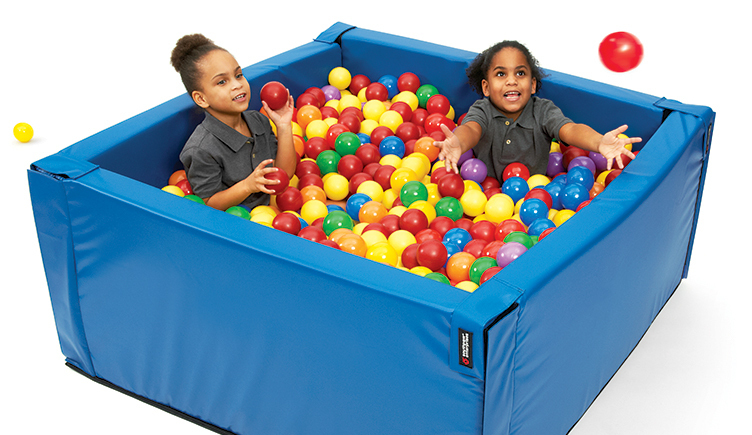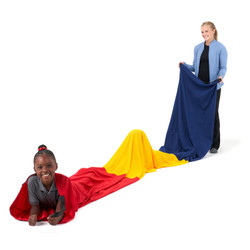My favorite pediatric occupational therapy intervention is, hands down, an obstacle course. Obstacle courses are versatile and can target various skills, including motor planning, body scheme, strengthening, following directions, sensory processing, bilateral coordination, and balance, just to name a few!
When creating an obstacle course, you must first consider the skills that need to be addressed. Working closely with the child to find out their interests is also essential. This client-centered approach will make participation motivating and fun for the child. For example, if the child is interested in ocean life, that can be the theme of the obstacle course. Once you’ve decided on a theme, work with the child to create a “map” that includes the sequence of activities. The map can consist of text, drawings, and/or photos, whichever is most appropriate for the child.
It is best to use various materials when constructing the obstacle course. If you work in a pediatric clinic, some tried-and-true items are scooter boards, puzzles, bean bags , tunnels, multisensory materials, balance beams, and stepping stones or cushions. If you go to the child’s home for therapy, you can use everyday items found around the house, such as pillows, cushions, and balls.
Here is an example obstacle course that one might create. Walk on a balance beam to a ball pit. Jump in the ball pit and find a hidden item. Climb from the ball pit and walk like a crab to a mat across the room. While positioned prone on the mat, put a puzzle together. Crawl through a tunnel to the finish line!
It is important to gradually increase the number of activities and complexity as the child gains skills and confidence. Most importantly, be creative and keep it fun!
Additional obstacle course ideas:
- Following multi-step
directions
- Sensory playing in a variety of media
using a sensory bin
- Doing animal walks (i.e., bear walk,
bunny hops, frog jumps, snake crawl)
- Wheelbarrow walking
- Jumping on a mini trampoline
- Crawling over pillows or cushions
- Midline crossing activities
- Working on core strength, such as a holding
a superman pose
- Doing jumping jacks
- Running
- Kicking, throwing, and catching
- Throwing bean bags at a target while
on a swing or rocker board
- Carrying heavy items
- Pushing a “grocery cart” and picking
up items on the floor
- Climbing
- Doing fine motor tasks
- Using a stopwatch for timing



